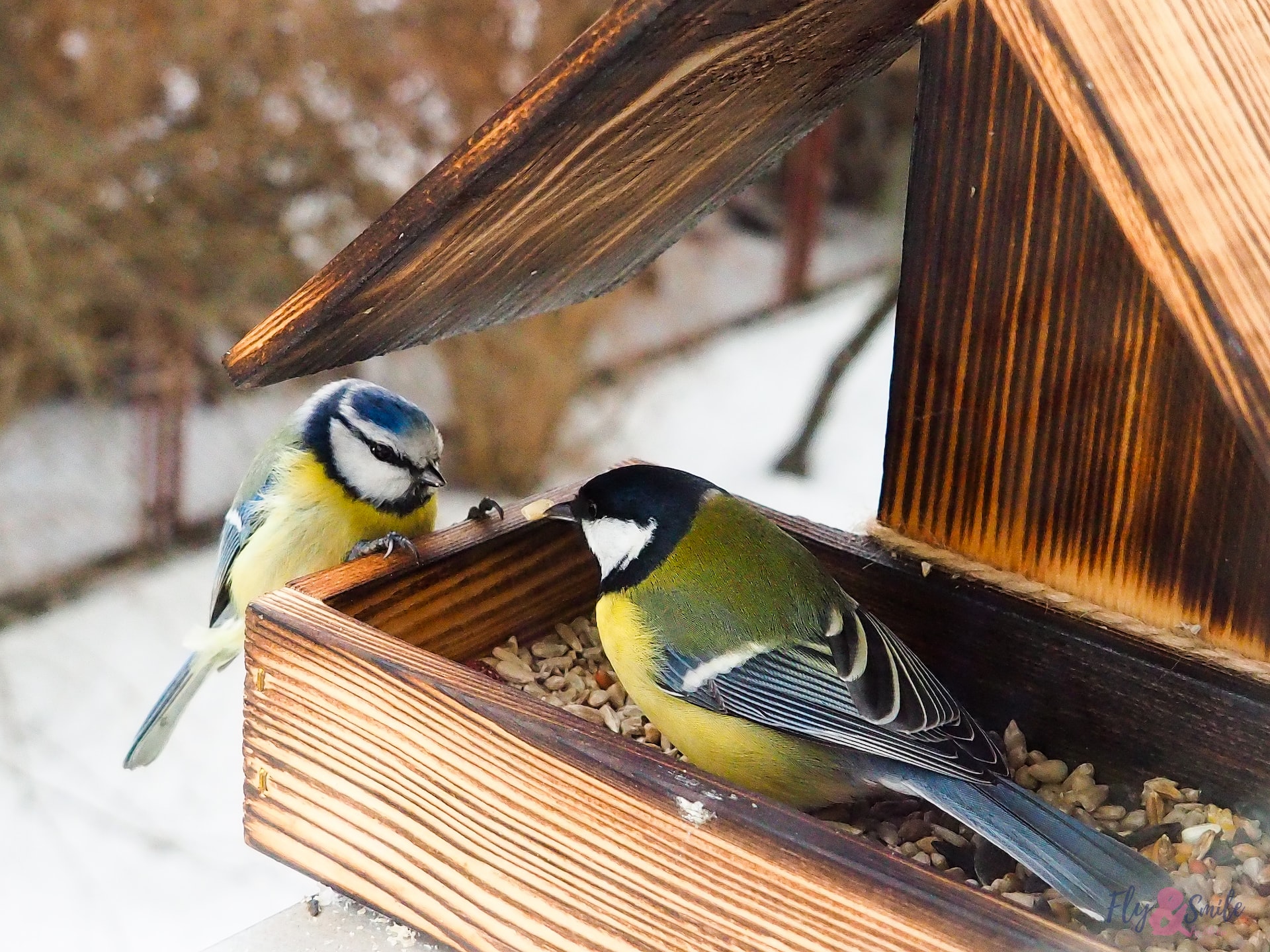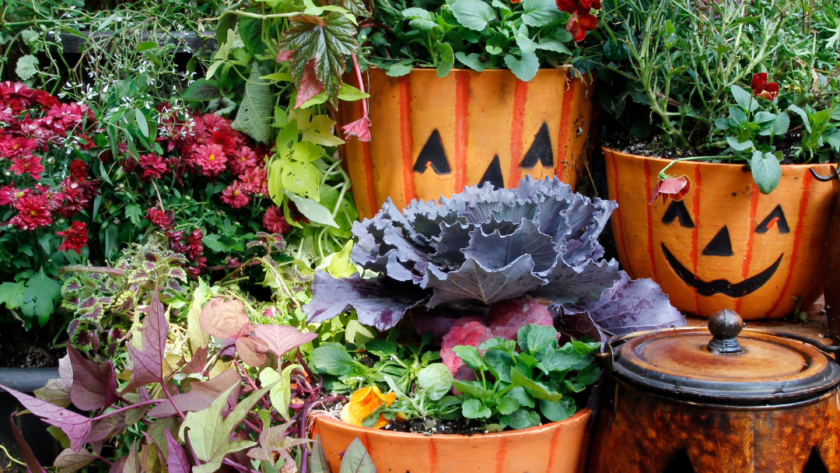In the northern hemisphere, autumn brings with it colder temperatures and more frequent rain. If you’re like most people, you spend plenty of time in your garden during the summer months, but once September rolls around, you begin to focus more on indoor activities as the days get shorter and the nights get longer.
While the weather tends to remain pleasant throughout September and October, November typically marks the first chilly days and nights. Yet, some plants are still thriving. Unlike the winter season, when the garden is desolated, it may seem as though your garden doesn’t need much attention at this time of year. But that couldn’t be further from the truth! In fact, the changes in season can present some serious hazards to your garden if you don’t take steps to prevent them.

Protect Flowers and Plants from Cold Temperatures
It’s important to prepare your garden for cold temperatures, as frost can affect sensitive bulbs and tubers. Autumn is the best time of the year to repurpose homemade compost. You can spread it as an upper layer on top of sensitive plants. This will act as a protective base and prevent frost damage.
Additionally, if you have potted plants in the garden as part of your landscaping decor, it can be a good idea to bring these indoors.
Strengthen the Fence Against Strong Wind
Wood fences are at risk in autumn because of the combination of frequent rain, wind, and chilly temperatures. The elements can weaken the wood panels and cause the fence to collapse.
Another thing to remember is that if you live in a recently built property in a new estate, it may be worth checking how the fence posts have been installed. More often than not, constructors do not put sufficient concrete to stabilise the fence posts, which means they could also fall in the autumnal weather.
The bottom line: If you suspect your fence panels or poles are at risk, it will be helpful to replace them before they inevitably collapse.
You will need:
- New fence panels
- A staple gun or automatic screwdriver
- anchoring cement such as Fosroc conbextra gp
- a specialist shovel to dig deep and narrow post holes
Don’t Let Your Pond Freeze
Wildlife uses the pond for water. It is easy for a pond in the garden to freeze during the colder months. The first step in preventing this from happening is to add floating de-icers, such as styrofoam blocks or other floats that can be purchased at most hardware stores.
Alternatively, you can break through the surface every morning. UK gardens are unlikely to have a thick ice layer on top of the pond, so it’ll be an easy task.

Help the Bird Population
The best way you can help the bird population is by providing them with food sources. Bird feeders are a great idea, but make sure they’re placed in an area where the birds can’t get their food wet when it rains. A good idea would be on a post, tree branch or porch railing that’s away from any rain gutters.
In conclusion, it’s easy to remember to protect plants as the weather gets cold. But protecting the wildlife in your garden in autumn is as important as protecting your plants. Birds are likely to come to the garden for shelter and food, so make sure you’re ready on that front. Your garden fencing also adds protection for small wildlife creatures as they are shielded from predators.



